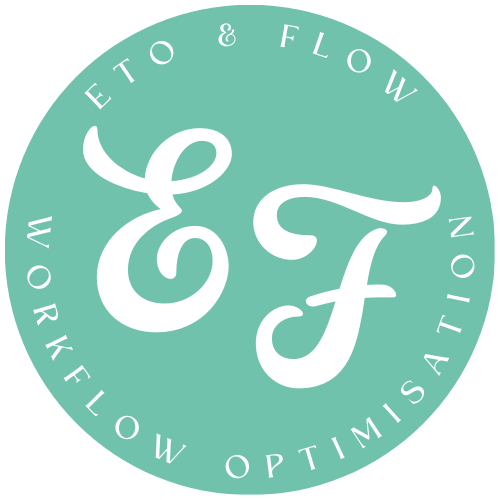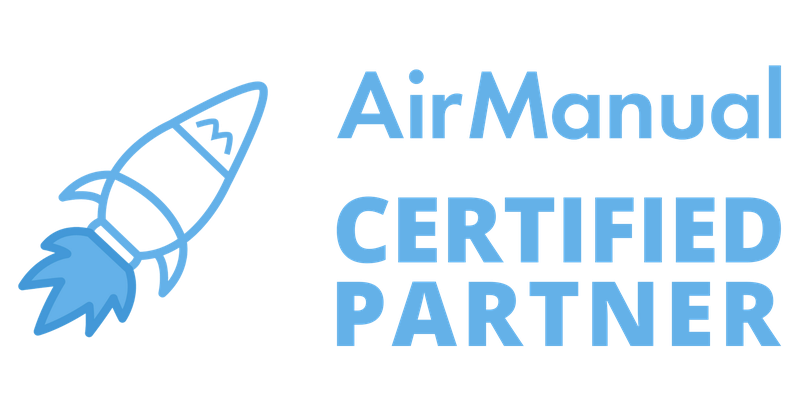When it comes to everyday administration, how do you decide between a VA and a PA? A Virtual Assistant isn’t suited to every business, so here are 3 things to consider before making your decision.
Cost
A full-time PA can cost upwards of £21,000 a year, plus the taxes and HR costs involved. This is great for businesses that think they’ll have a PA working for 40 hours a week. For most small businesses, this isn’t the case. A VA can be on call throughout the week but of course, they only charge you when they work for you. This typically means huge savings, increased flexibility, and full control of the impact your spending is having.
Skills and Experience
Trying to hire a PA with all the necessary skills is pretty impossible purely due to the fact that over time, the role will inevitably evolve. There could be new marketing systems, new CRM’s or perhaps just a new way of doing things. There are some brilliant polymath PAs who can do everything. If you have found one of those, then hold on to them! The benefit a VA has is the ability to dip into a professional network to get the job done to the highest standard.
Office space
If you decide on having an in-house assistant, it’s your duty to provide an adequate place of work, with the necessary equipment. Once they are up and running, it should all be smooth sailing. However, the time and money this takes can cost a pretty penny! A VA will already have an office space (usually from home) and provide their own equipment. This means that the setup time is a lot faster and a great deal cheaper.
Ultimately a Virtual Assistant and a Personal Assistant are two sides of the same coin. They tend to be system and solution-focused, loyal and accountable. High C’s and high S’s (DISCS profiles), so your choice really comes down to requirements. Do you favour the traditional in-house PA or prefer the flexibility and efficiency of the VA?









